The Essence of Being a Leader
A Principal's Reflections
JULY 9, 2023
What is the essence of leadership? How do leaders effectively implement, sustain, and scale change? There is no shortage of responses regarding the topic, which is why questions are more important than answers. Narrowing down the most critical competencies can take time and effort. However, let’s look at it from the perspective of debunking what authentic leadership is, not to get at the heart of what it really is when it comes to agents of change.


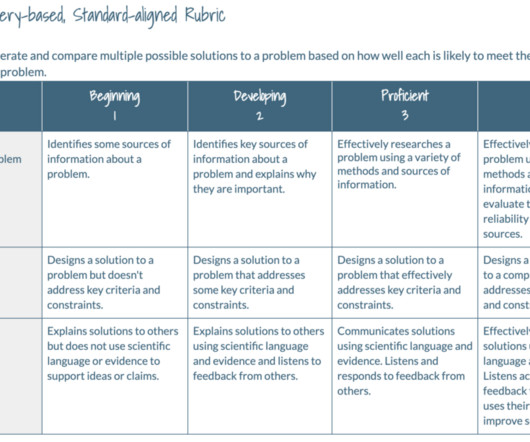



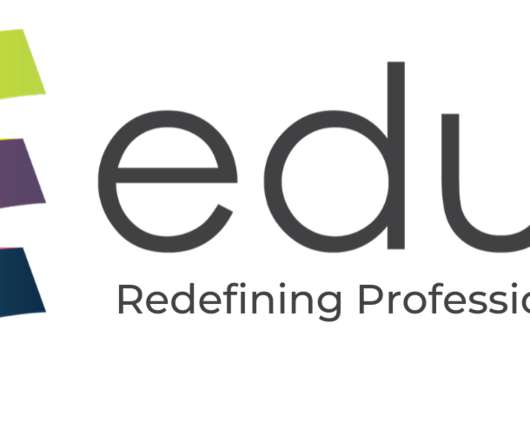


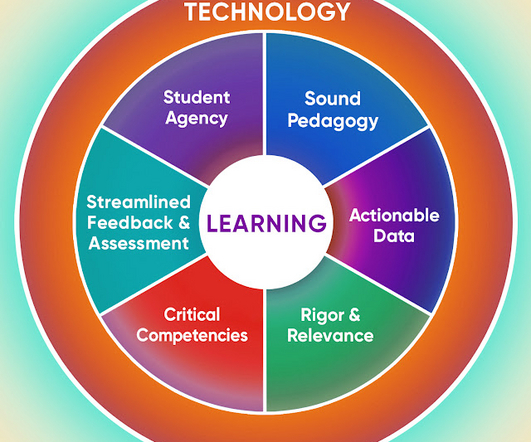
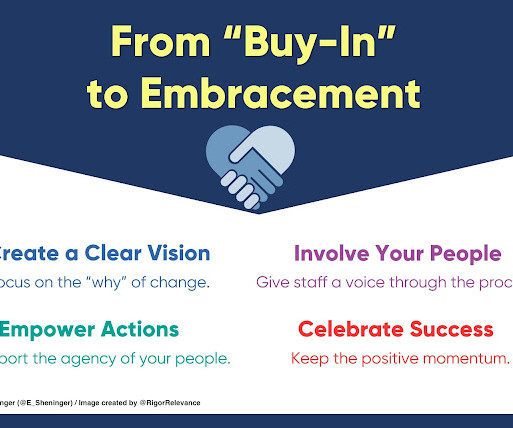

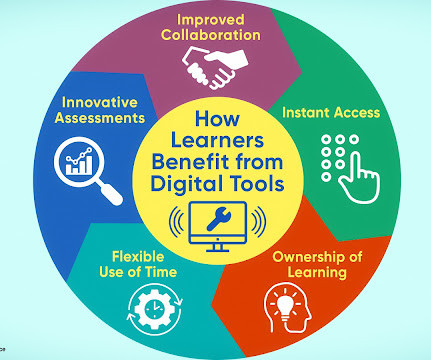
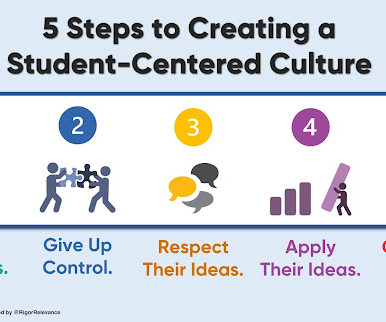







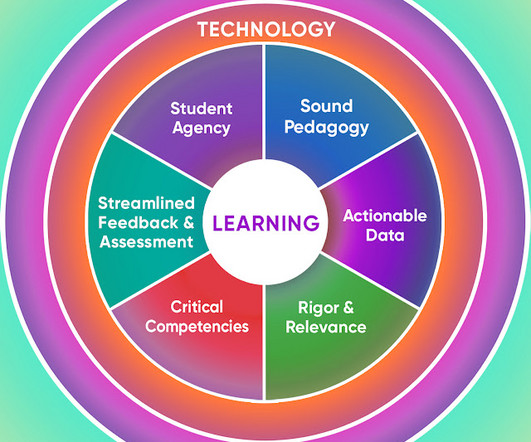








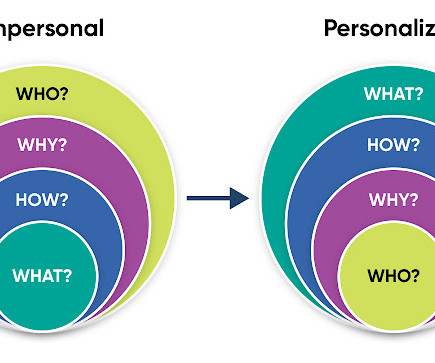




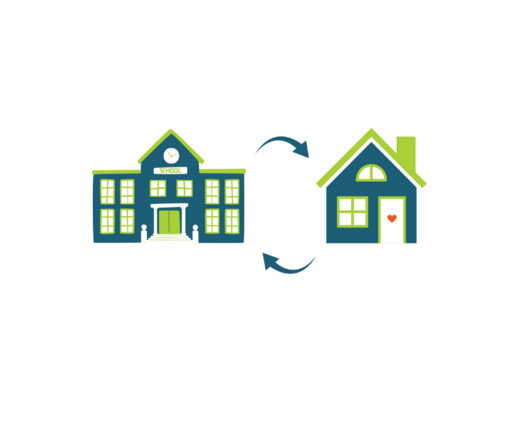
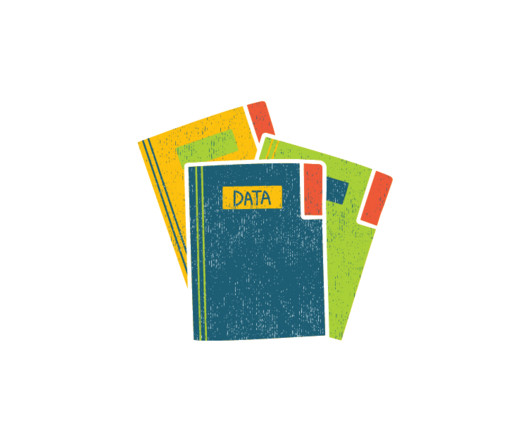







Let's personalize your content